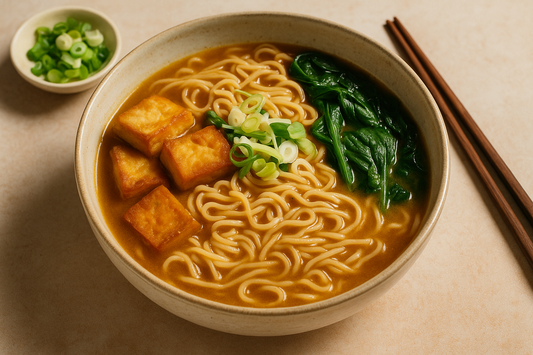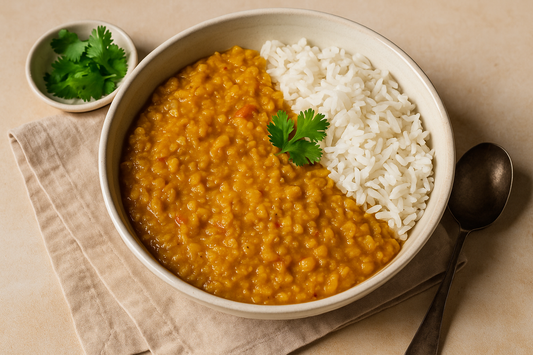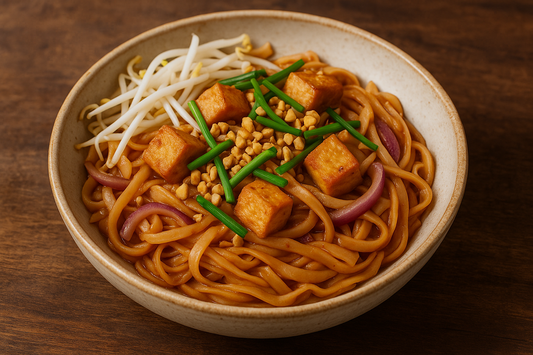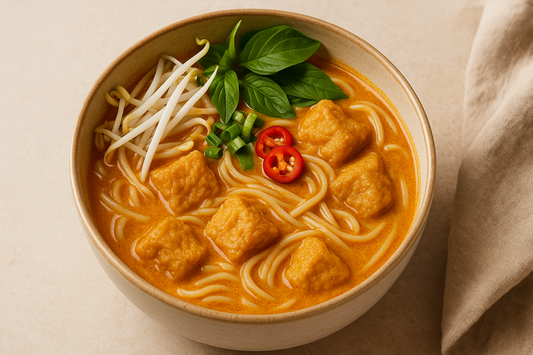Zongzi is a traditional Chinese dish that is enjoyed by people around the world. In this ultimate guide, we will take a deep dive into the history, cultural significance, and step-by-step process of making delicious Zongzi. So, get ready to embark on a culinary adventure!
Understanding the history of Zongzi
Zongzi has a rich history that dates back centuries. It is believed to have originated during the Warring States period in ancient China. The dish was initially created as an offering to the gods and ancestors to seek protection from evil spirits and bad luck. Over time, Zongzi became a popular food item, especially during festivals and special occasions.
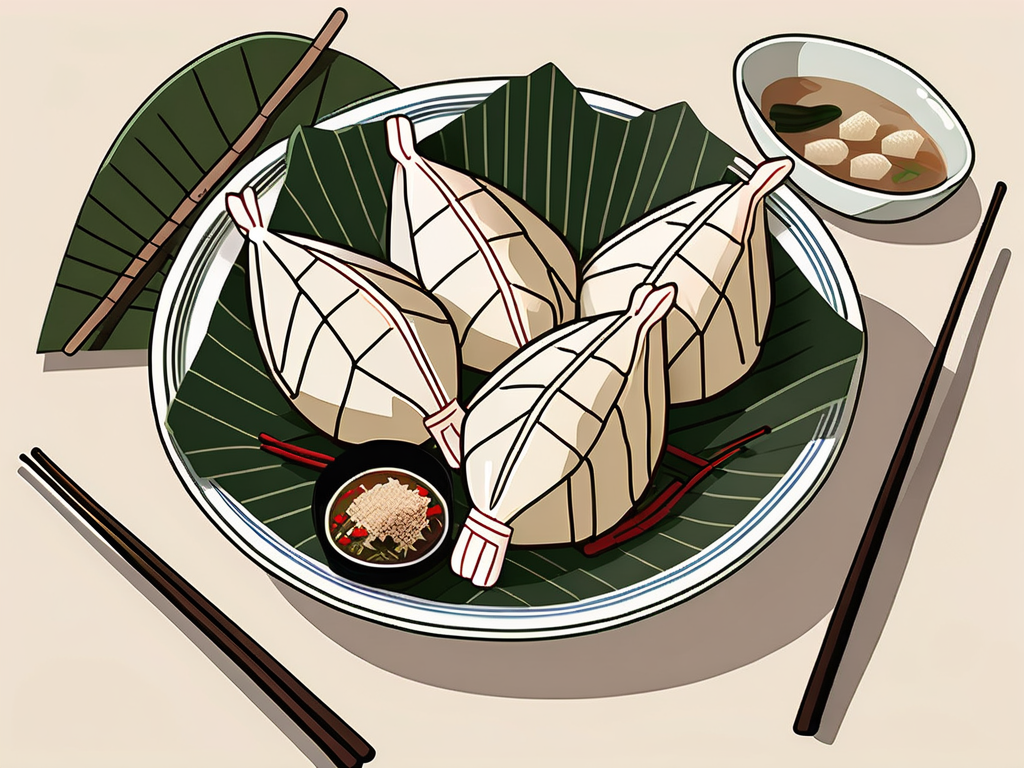
Zongzi is traditionally made by wrapping glutinous rice in bamboo leaves and filling it with various ingredients such as pork, mushrooms, and salted egg yolk. The mixture is then steamed or boiled to create a delicious and fragrant treat. Different regions in China have their own variations of Zongzi, with unique fillings and cooking methods that reflect the local culinary traditions.
The cultural significance of Zongzi in Chinese tradition
Zongzi is deeply rooted in Chinese culture and tradition. It is often associated with the Dragon Boat Festival, also known as Duanwu Festival, which falls on the fifth day of the fifth lunar month. This festival commemorates the death of the famous poet and statesman Qu Yuan. Eating Zongzi during this time is believed to protect against evil spirits and promote good health.
Aside from its association with the Dragon Boat Festival, Zongzi is also enjoyed throughout the year in various forms. In modern times, innovative chefs have created new versions of Zongzi with unconventional fillings like chocolate, ice cream, and even durian. These contemporary twists on the traditional dish cater to a wider audience and showcase the versatility of Zongzi as a culinary delight.
The story behind the Dragon Boat Festival and Zongzi
The Dragon Boat Festival is celebrated in remembrance of Qu Yuan, who drowned himself in the Miluo River as a form of protest against political corruption. The locals tried to save him by racing their boats and dropping Zongzi into the river to distract the fish from devouring his body. This tradition of racing dragon boats and eating Zongzi continues to this day.
Legend has it that the shape of Zongzi, resembling a pyramid or a boat, symbolises the act of throwing the rice dumplings into the river to prevent the fish from consuming Qu Yuan's body. The festival is not only a time for dragon boat races and Zongzi feasting but also a moment to honour the memory of Qu Yuan and reflect on the values of loyalty, patriotism, and cultural heritage.
The essential ingredients for Zongzi
Zongzi is made using a few key ingredients that give it its unique taste and texture.
The role of glutinous rice in Zongzi
The star ingredient of Zongzi is glutinous rice, also known as sticky rice. This type of rice is different from regular rice as it becomes sticky when cooked, which helps in holding the Zongzi together. The rice is soaked in water before being used to make the dish.
Glutinous rice, with its slightly sweet flavour and sticky nature, has been a staple in Chinese cuisine for centuries. It is not only used in Zongzi but also in various desserts and savoury dishes. The texture of glutinous rice adds a delightful chewiness to the Zongzi, complementing the fillings perfectly.
Choosing the right fillings for your Zongzi
Each region in China has its own unique twist on Zongzi fillings, reflecting local culinary traditions and ingredients. For example, in southern China, you may find Zongzi filled with sweet red bean paste, while in northern China, savoury fillings like minced meat and preserved vegetables are popular choices.
The importance of bamboo leaves in Zongzi making
Bamboo leaves play a crucial role in the making of Zongzi. They are used as the wrapping material for the rice and fillings. The leaves impart a unique aroma and flavour to the Zongzi when they are steamed or boiled. Before use, the leaves need to be softened by soaking them in hot water.
Bamboo leaves are not only chosen for their aromatic qualities but also for their natural ability to preserve the freshness of the ingredients inside the Zongzi. The tradition of using bamboo leaves dates back to ancient times when they were readily available and provided a sustainable way to cook and store food.
Step-by-step guide to making Zongzi
Now that we understand the background and ingredients, let's dive into the process of making delicious Zongzi.
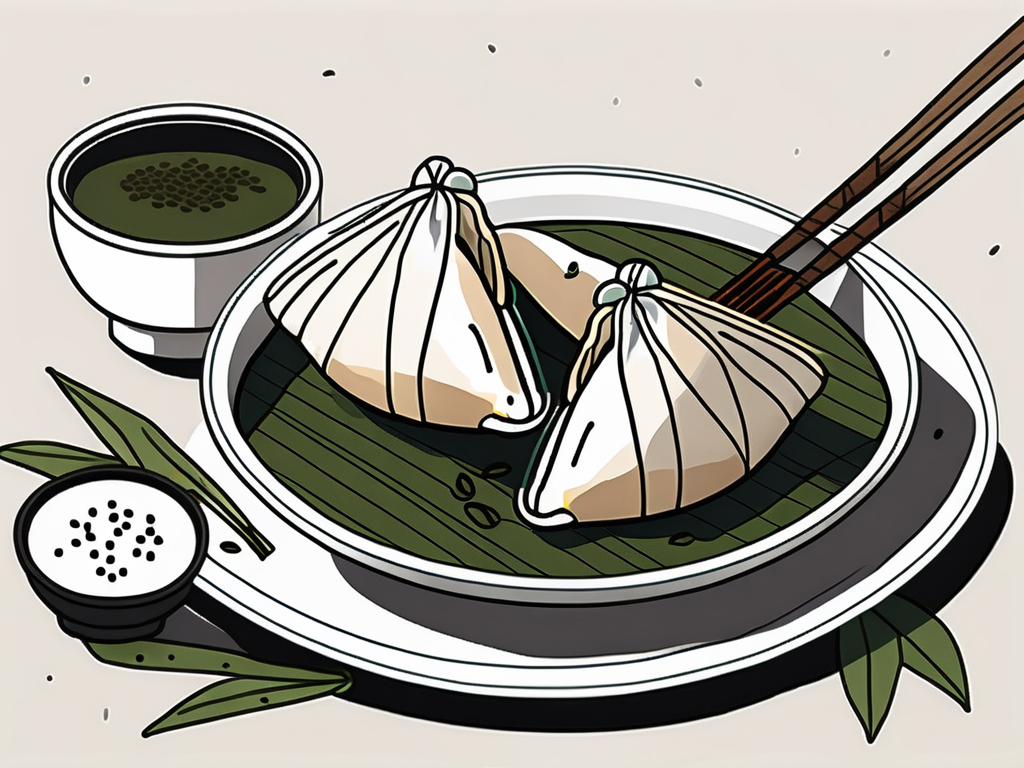
Zongzi, a traditional Chinese dish enjoyed during the Dragon Boat Festival, has a rich history dating back over 2,000 years. Legend has it that Zongzi originated from the sacrificial food used to commemorate Qu Yuan, a patriotic poet from ancient China. The dish is made by wrapping glutinous rice and fillings in bamboo leaves, symbolising the rice parcels thrown into the river to prevent fish from eating Qu Yuan's body.
Preparing the ingredients
Start by soaking the glutinous rice in water for several hours or overnight. This will ensure that the rice becomes soft and sticky when cooked. While the rice is soaking, prepare the fillings by marinating the your protein ingredients and chopping the other desired ingredients.
For a traditional touch, some recipes call for flavouring the rice with ingredients such as soy sauce, dark soy sauce, and sesame oil. These additions not only enhance the taste of the rice but also infuse it with a rich, umami flavour.
Wrapping and tying the Zongzi
Once the rice and fillings are ready, it's time to assemble the Zongzi. Take a bamboo leaf and fold it into a cone shape. Add a scoop of soaked glutinous rice followed by your desired fillings. Fold the leaf over the rice and fillings to create a pyramid-shaped parcel. Use kitchen string to securely tie the Zongzi, ensuring that it doesn't unwrap during cooking.
Traditionally, the shape of Zongzi varies across different regions in China. While some are pyramid-shaped, others are cylindrical or even tetrahedral. Each shape not only represents the local customs but also influences the texture and taste of the Zongzi.
Cooking methods for Zongzi
There are various ways to cook Zongzi, but the most common methods are steaming or boiling. To steam Zongzi, place the wrapped parcels in a steamer and steam them for around two hours until the rice is fully cooked and tender. If you prefer boiling, simply place the Zongzi in a large pot of boiling water and simmer for approximately three hours.
Another lesser-known method of cooking Zongzi involves baking them in an oven. This technique results in a slightly crispy exterior while maintaining a soft and moist interior, offering a unique twist to the traditional dish.
Tips and tricks for perfect Zongzi
While making Zongzi is a relatively simple process, there are a few tips and tricks that can help you achieve the best results.
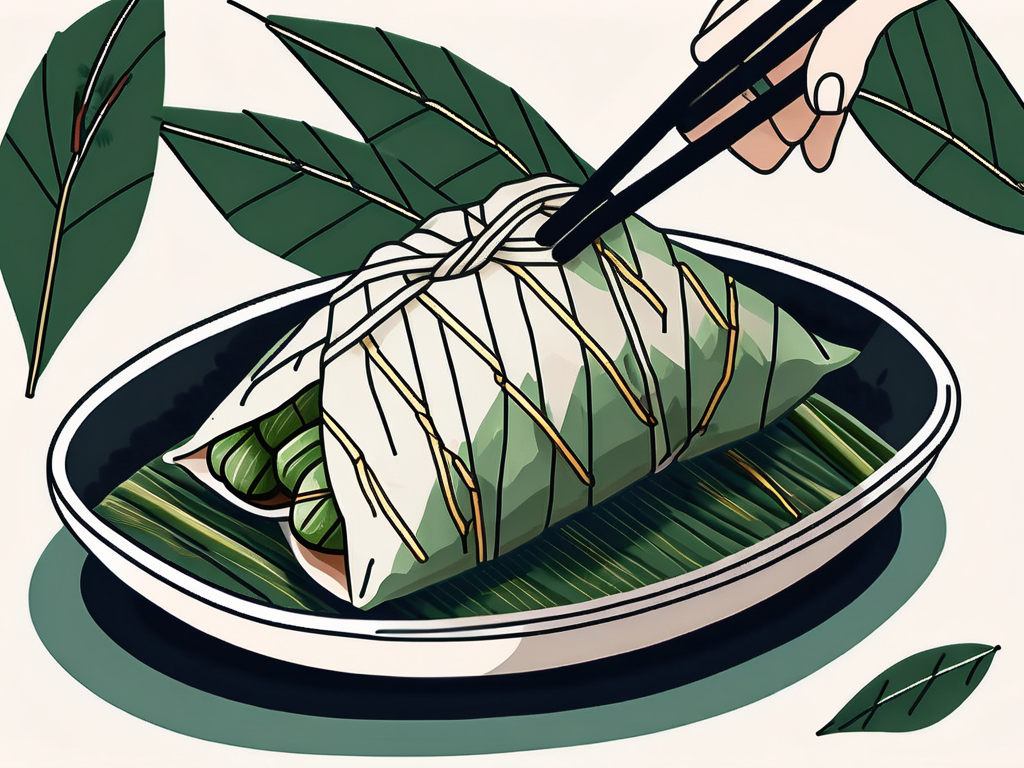
How to prevent your Zongzi from falling apart
To prevent your Zongzi from falling apart during cooking, make sure to tie them tightly with kitchen string. This will help the rice and fillings stay intact. Additionally, avoid overstuffing the Zongzi, as it can cause them to burst open during cooking.
Achieving the perfect balance of flavors
Experiment with different fillings to find your favourite combination. The key to achieving the perfect balance of flavours in Zongzi is to ensure that the fillings are well-seasoned and complement each other. Don't be afraid to get creative and try new ingredients!
Storing and reheating your homemade Zongzi
If you have any leftover Zongzi, you can store them in the fridge for up to three days. To reheat, simply steam or microwave them until heated through. Enjoy the deliciousness again and again!
The significance of Zongzi in Chinese culture
Zongzi, also known as sticky rice dumplings, hold a special place in Chinese culture and tradition. These pyramid-shaped treats are traditionally eaten during the Dragon Boat Festival, which falls on the fifth day of the fifth month of the lunar calendar. The festival commemorates the life and death of the famous Chinese scholar and poet Qu Yuan.
Legend has it that Zongzi were originally thrown into the river to prevent fish from eating Qu Yuan's body after he drowned himself in protest against corruption. Over time, people began wrapping the rice in bamboo leaves to form the shape of Zongzi, creating a delicious and symbolic food item.
Zongzi come in various shapes and sizes, with different regions in China having their own unique variations. Some are sweet, filled with ingredients like red bean paste or jujube, while others are savoury, containing pork, mushrooms, or salted egg yolk. The versatility of Zongzi allows for endless possibilities in terms of flavours and textures, making them a beloved snack or meal option for many Chinese families.
Ready to indulge in the rich flavours of traditional Asian cuisine without the hassle of preparation? Pam Pam offers a delightful range of plant-based Asian ready meals, perfect for those who crave authentic taste with the convenience of a quick heat-and-eat option. Our Zongzi-inspired dishes are crafted with fresh, aromatic spices like chillies, lemongrass, coriander, and cardamom, ensuring a delicious and nutritious experience. Plus, our snap-frozen meals lock in all the flavour and nutrients, making them a perfect addition to your freezer. Embrace the ease of plant-based goodness and shop online today to bring the essence of the Dragon Boat Festival to your table with Pam Pam.






